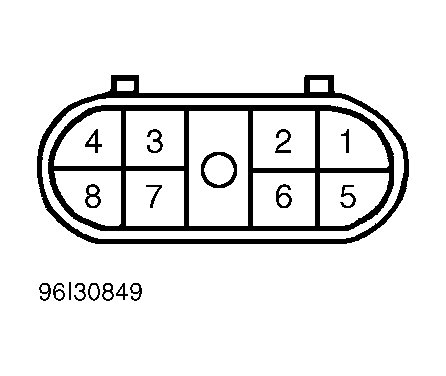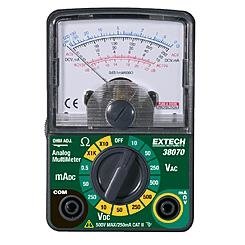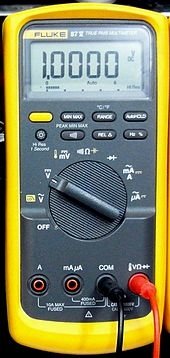Thursday, January 26th, 2017 AT 3:48 PM
I have this code P1776, indicates solenoid switch L/R, I believe. I have this problem on my car because it is in limp-mode. I am a college student in Automotive class. I want to do it myself. I have change the transmission fluid and filter twice. I have done some research about it and I have some experience on hands. The issue comes from the valve body. Before I do anything to the valve body. How can I diagnosis check the issue without dropping the transmission? What the best suggestion to fix this issue. Should I replace the valve body? Do I replace the shift solenoids? Do I rebuilt it? Or do I just clean it? What the best suggestion to fix this issue? If you have a video link to this exact transmission and problem. It will me help a lot.






